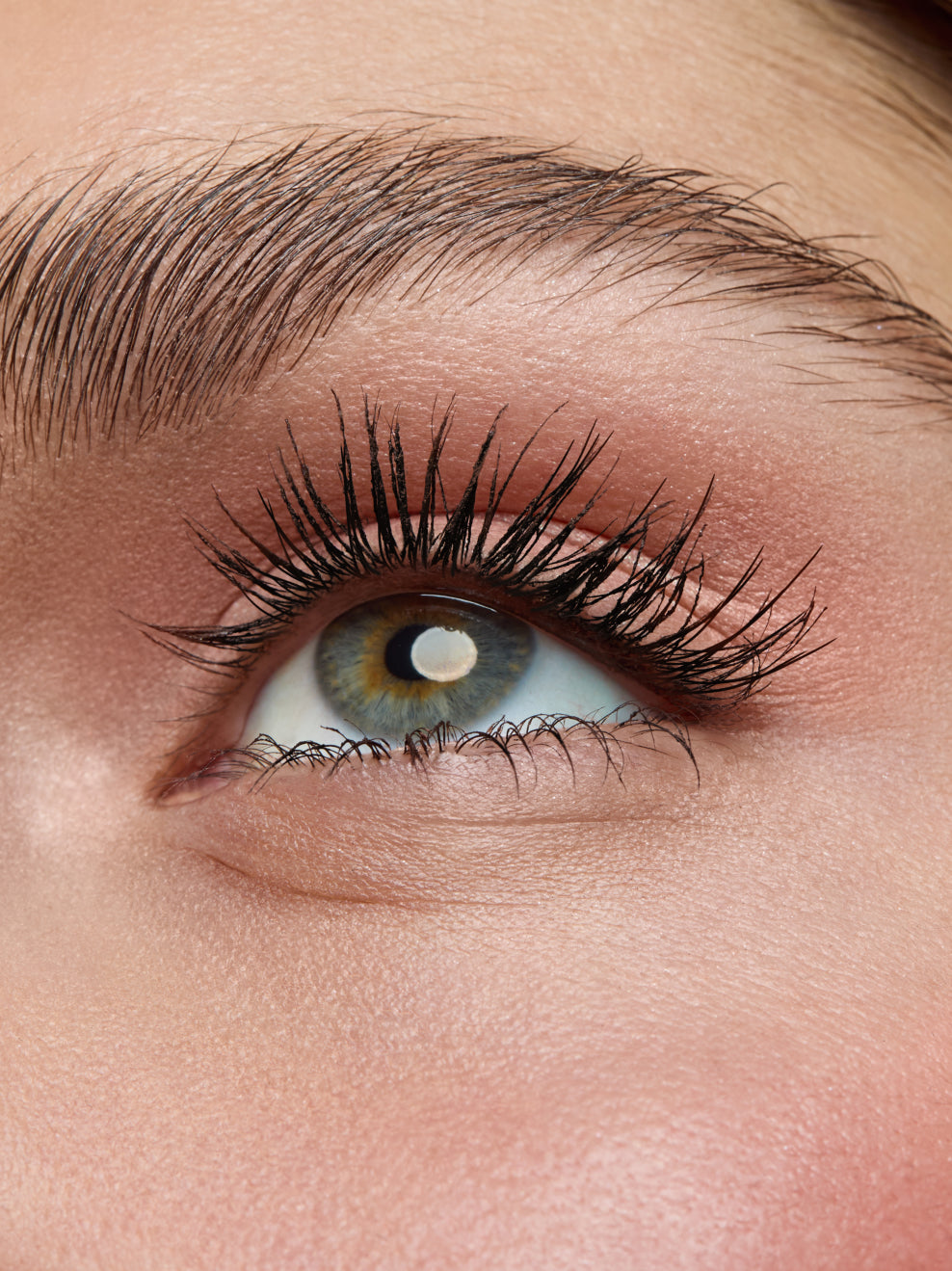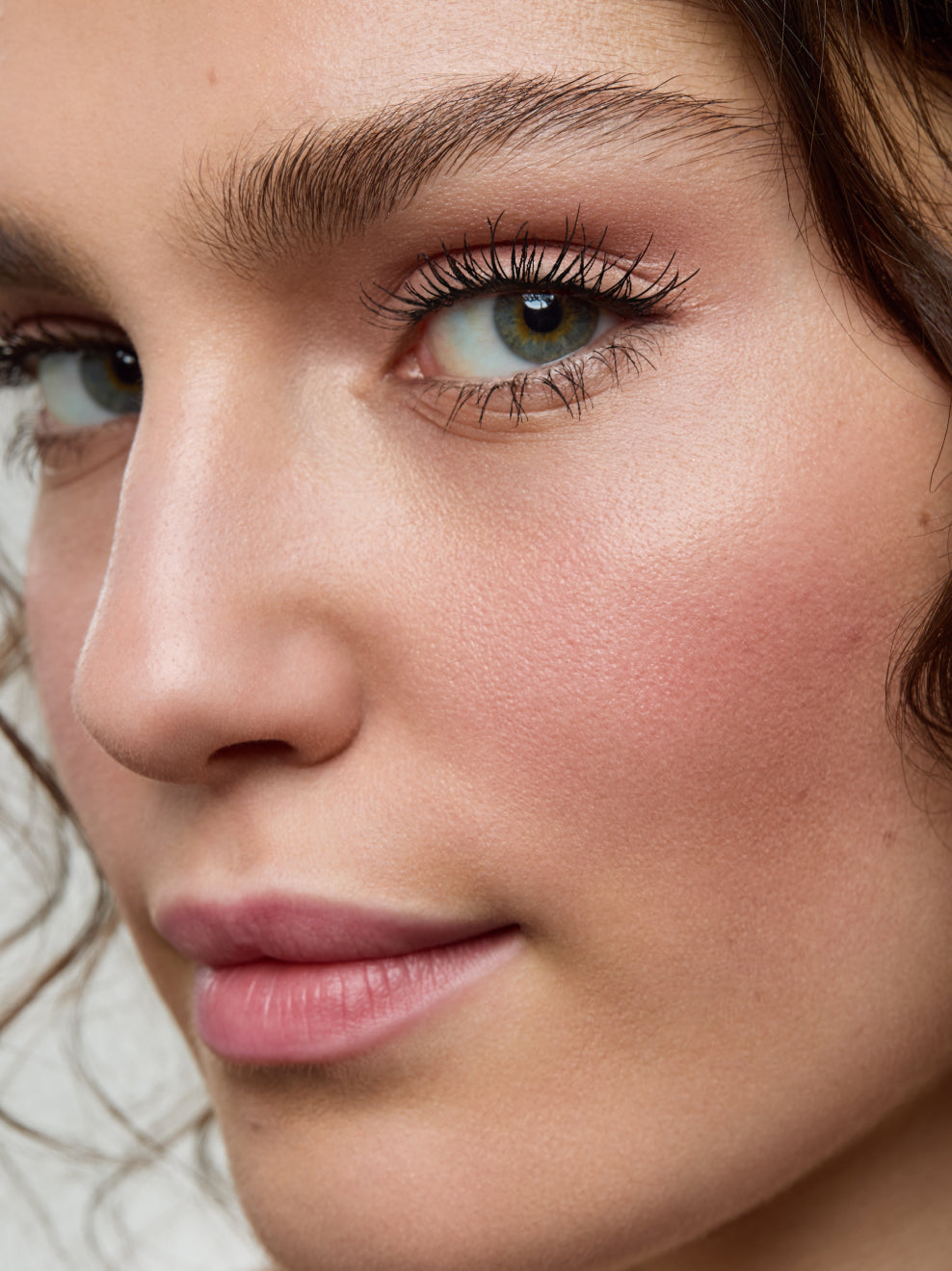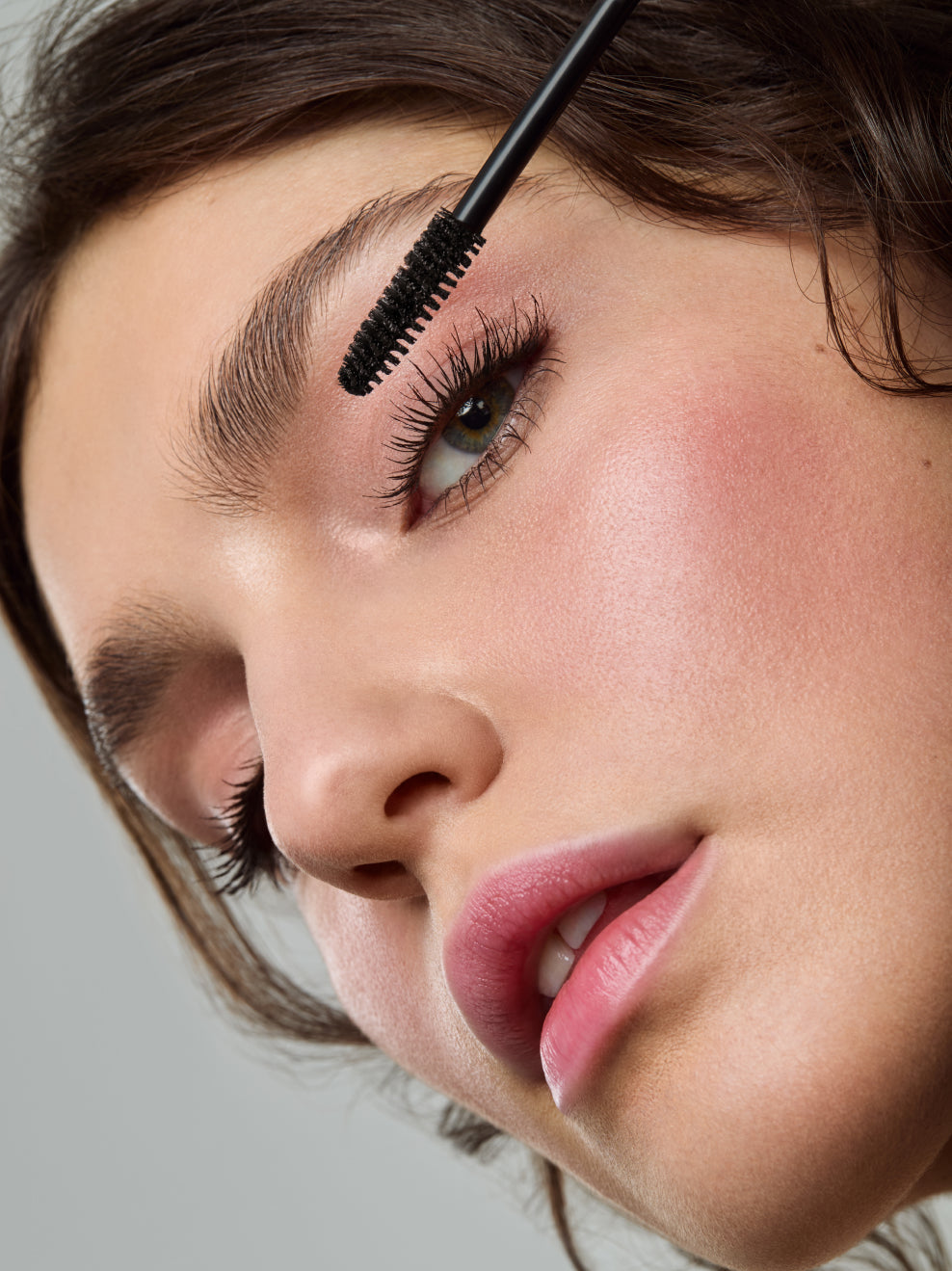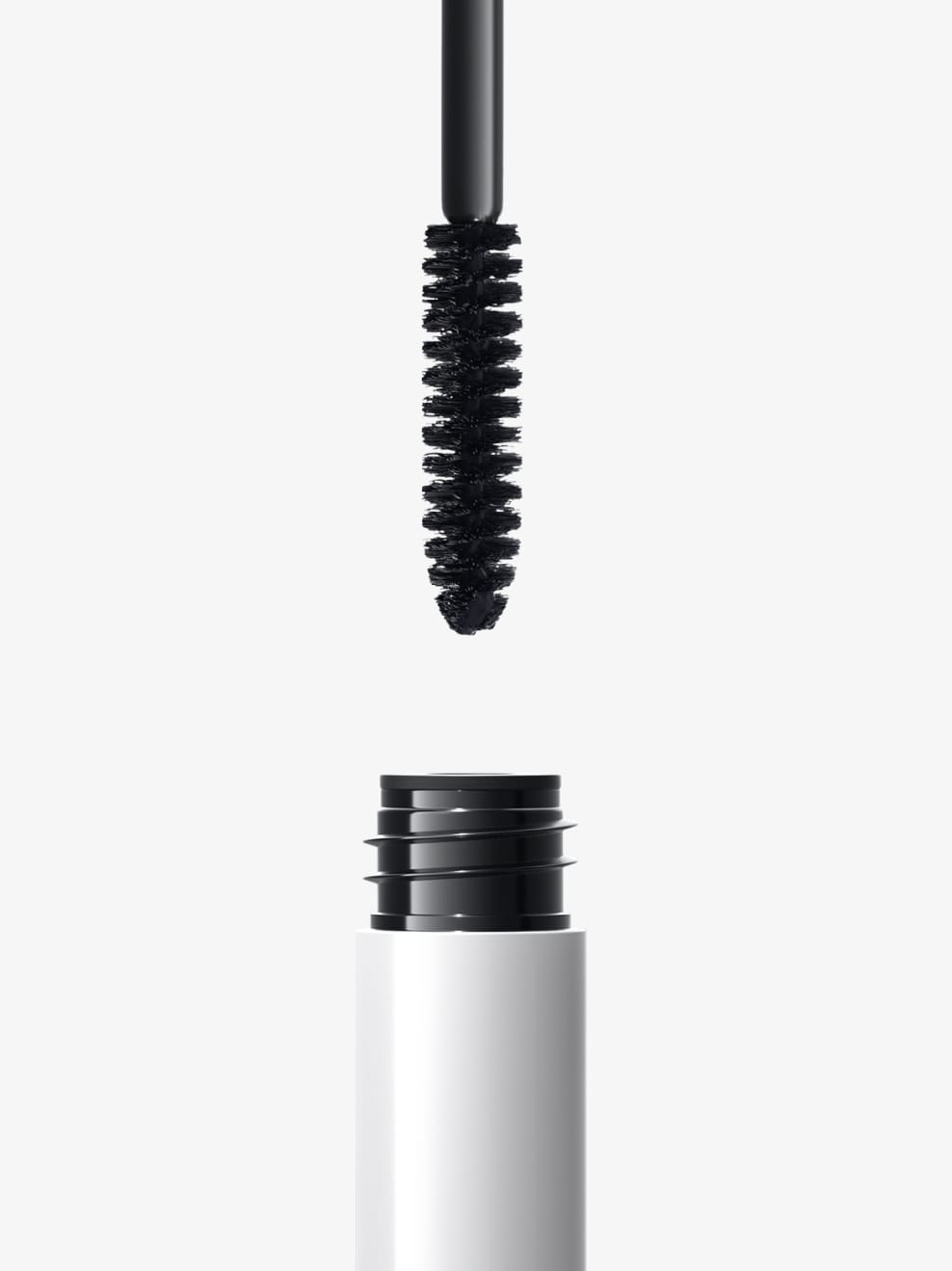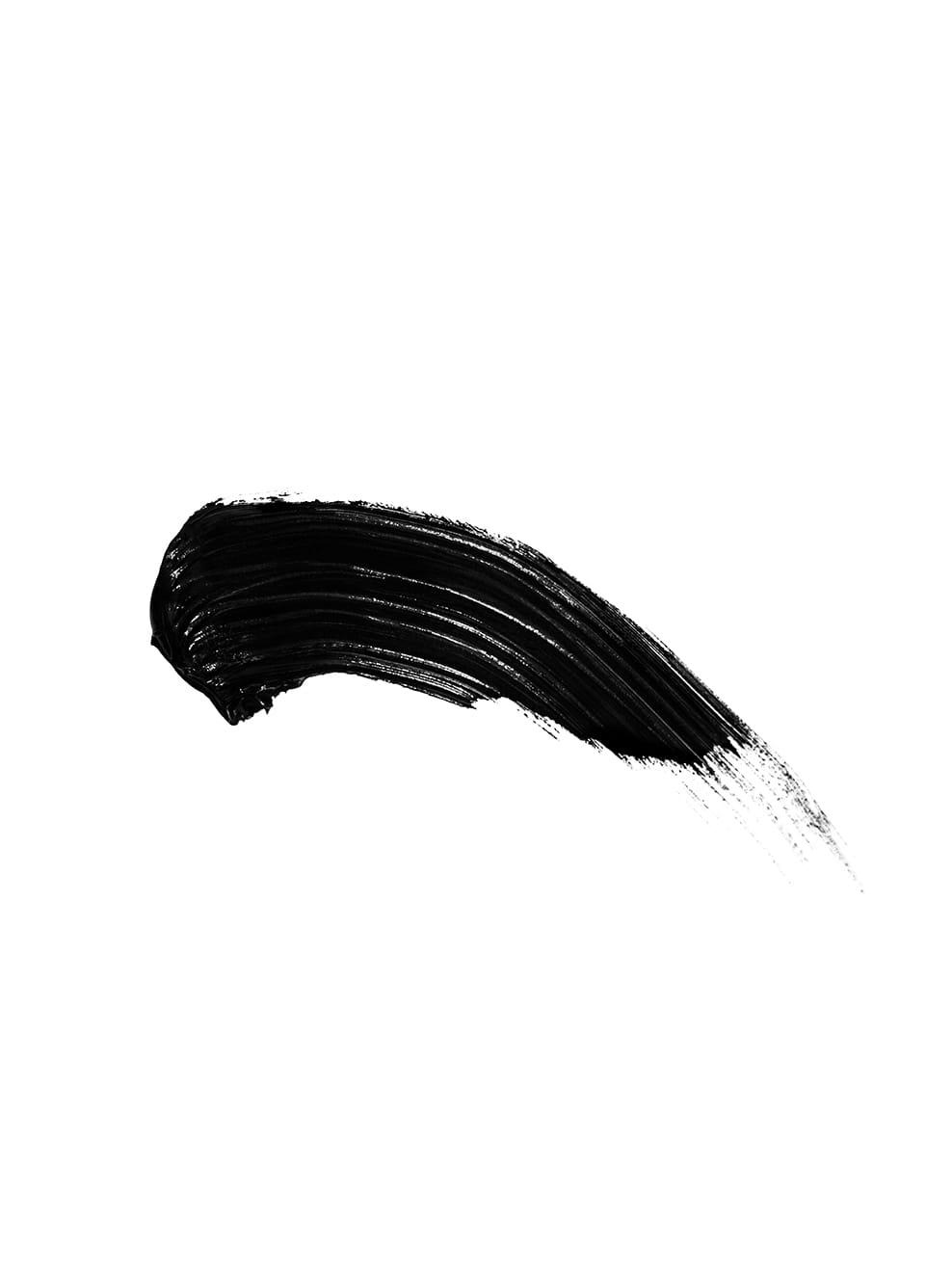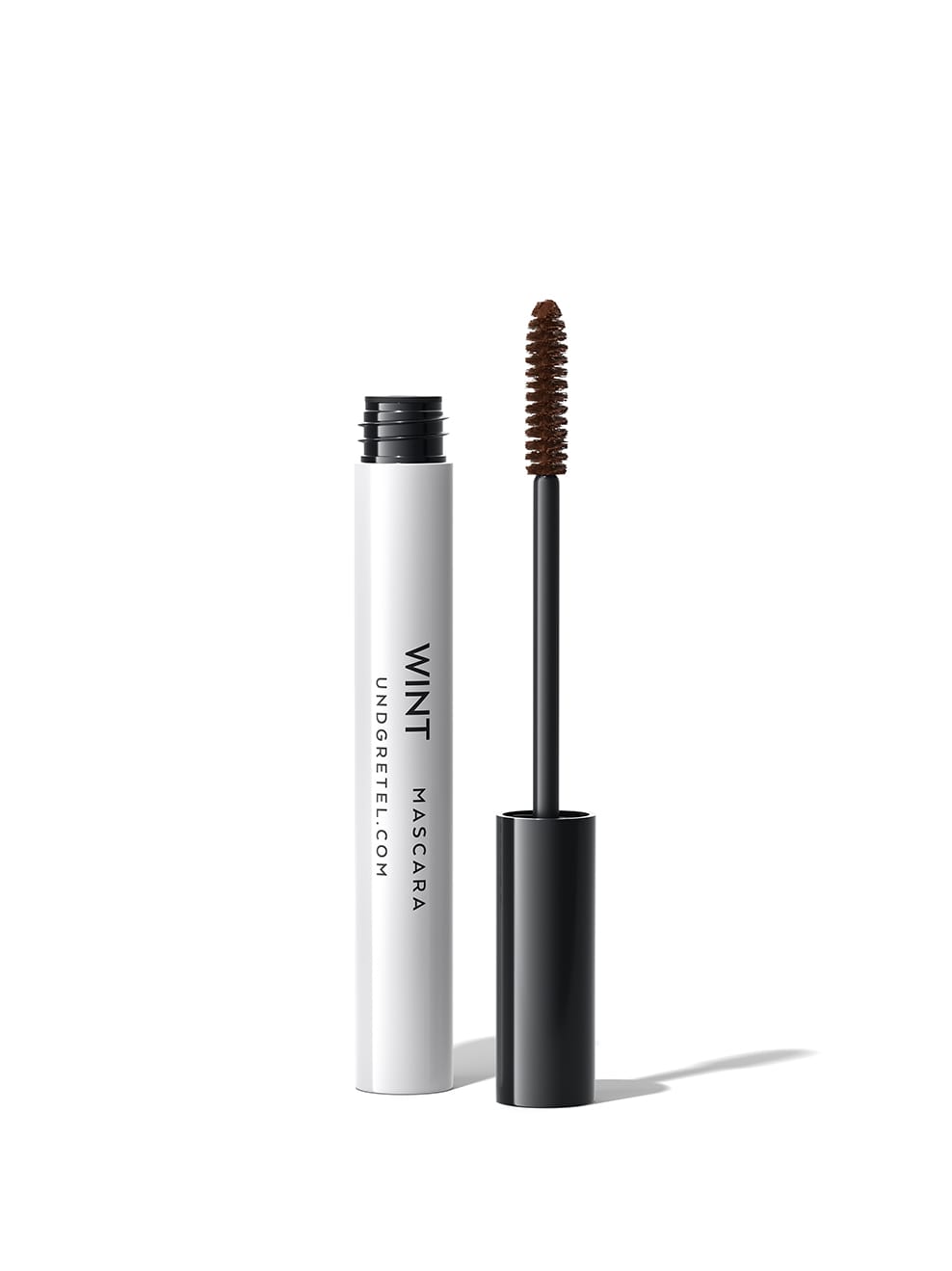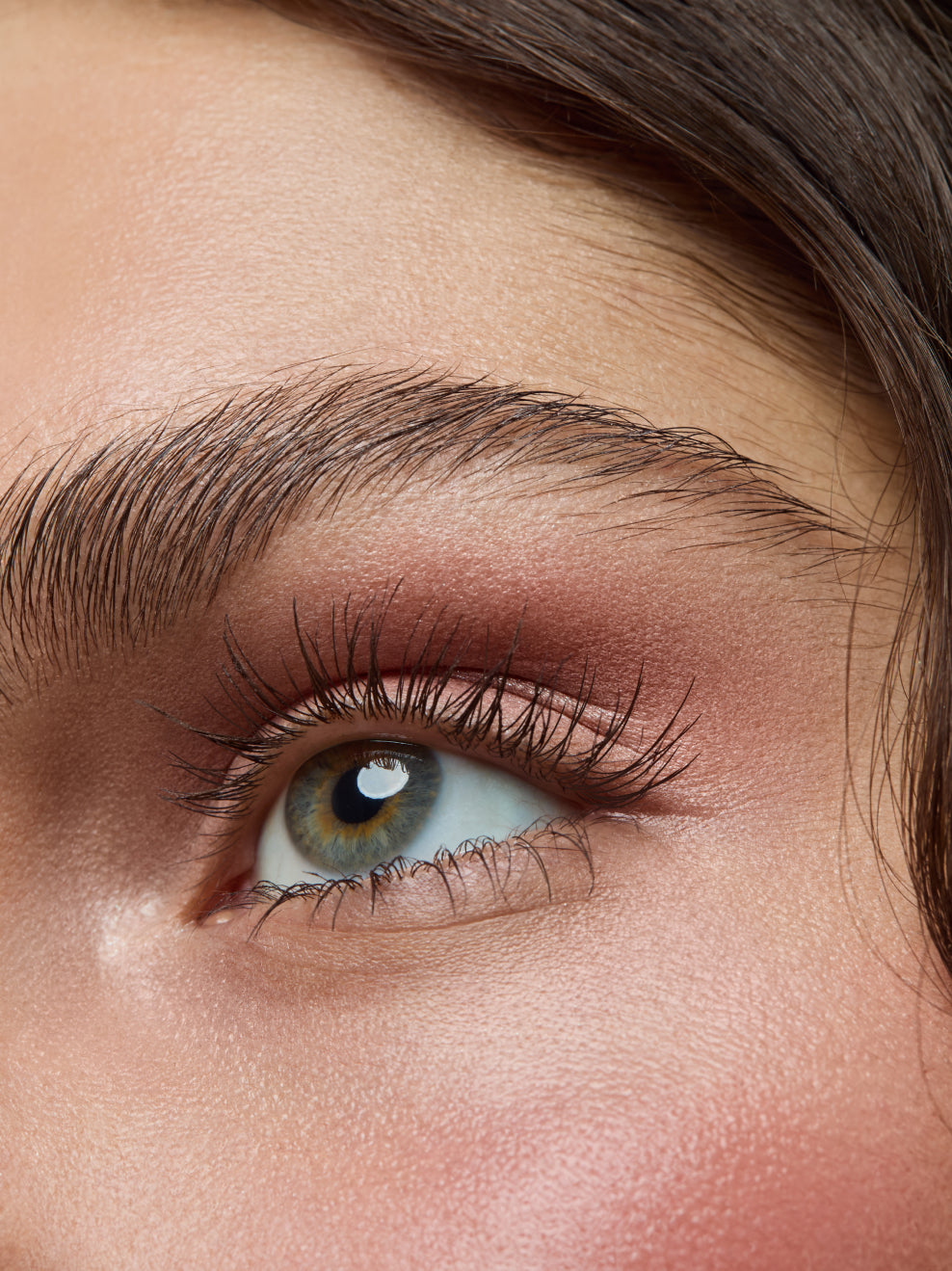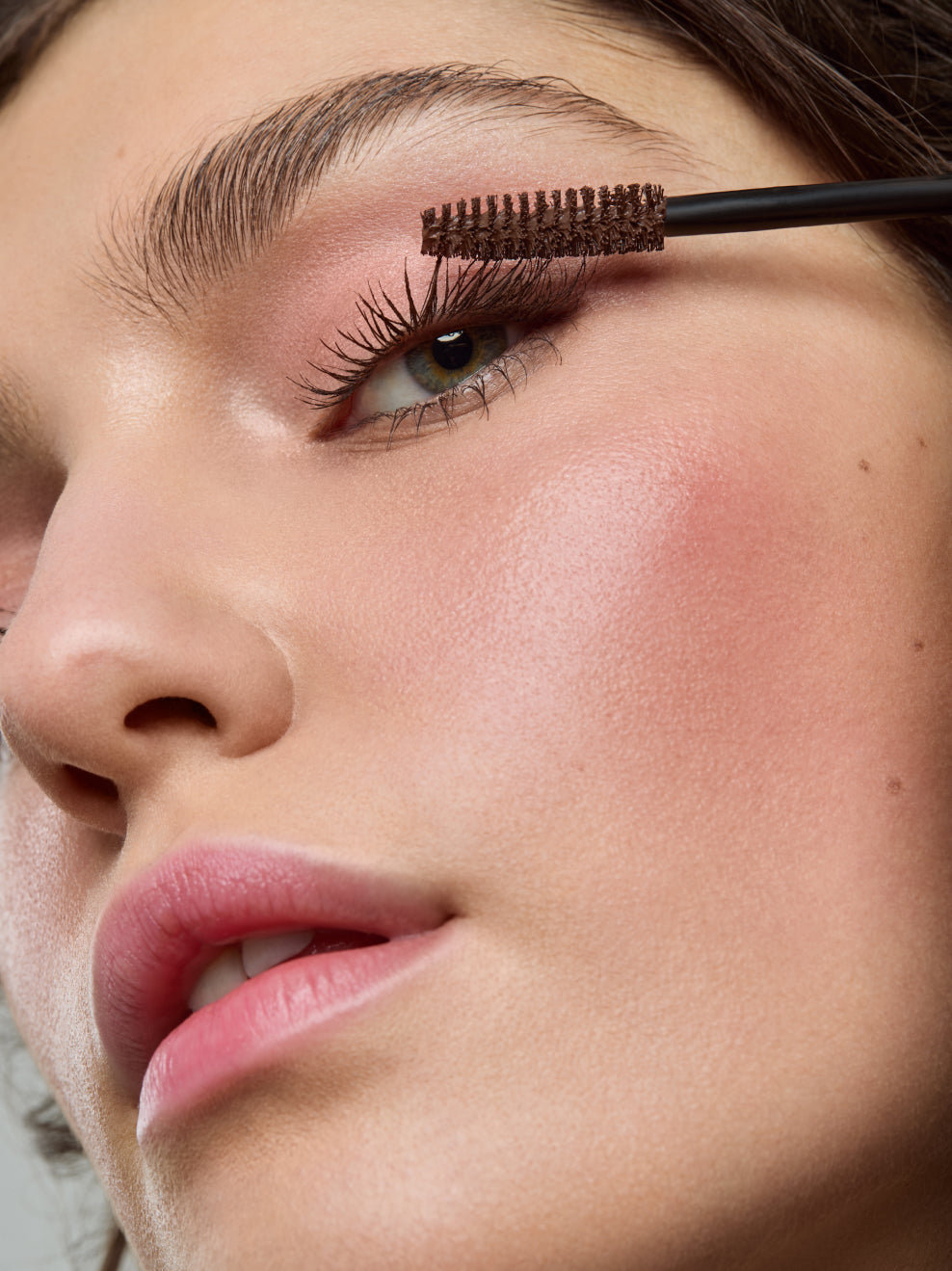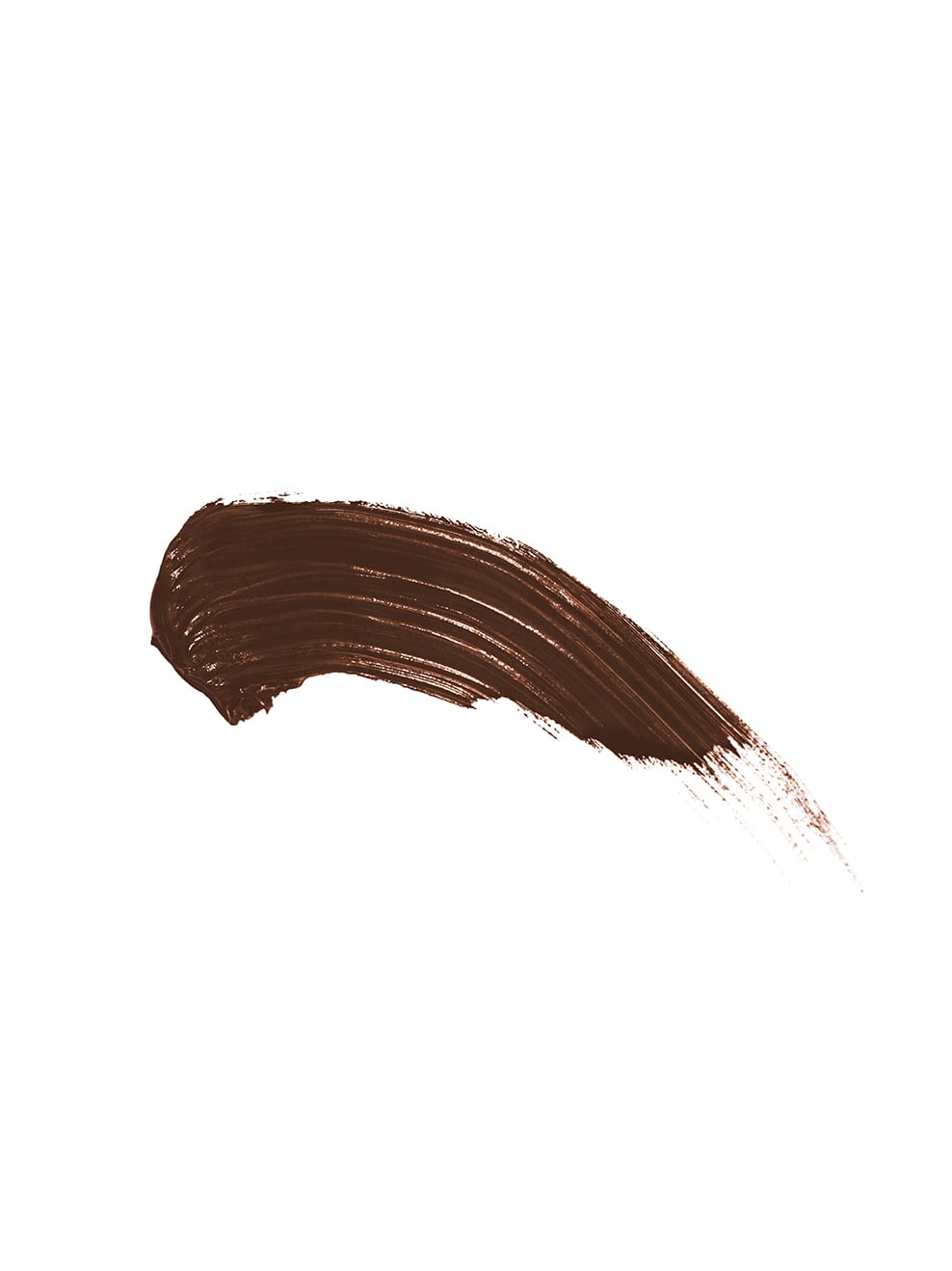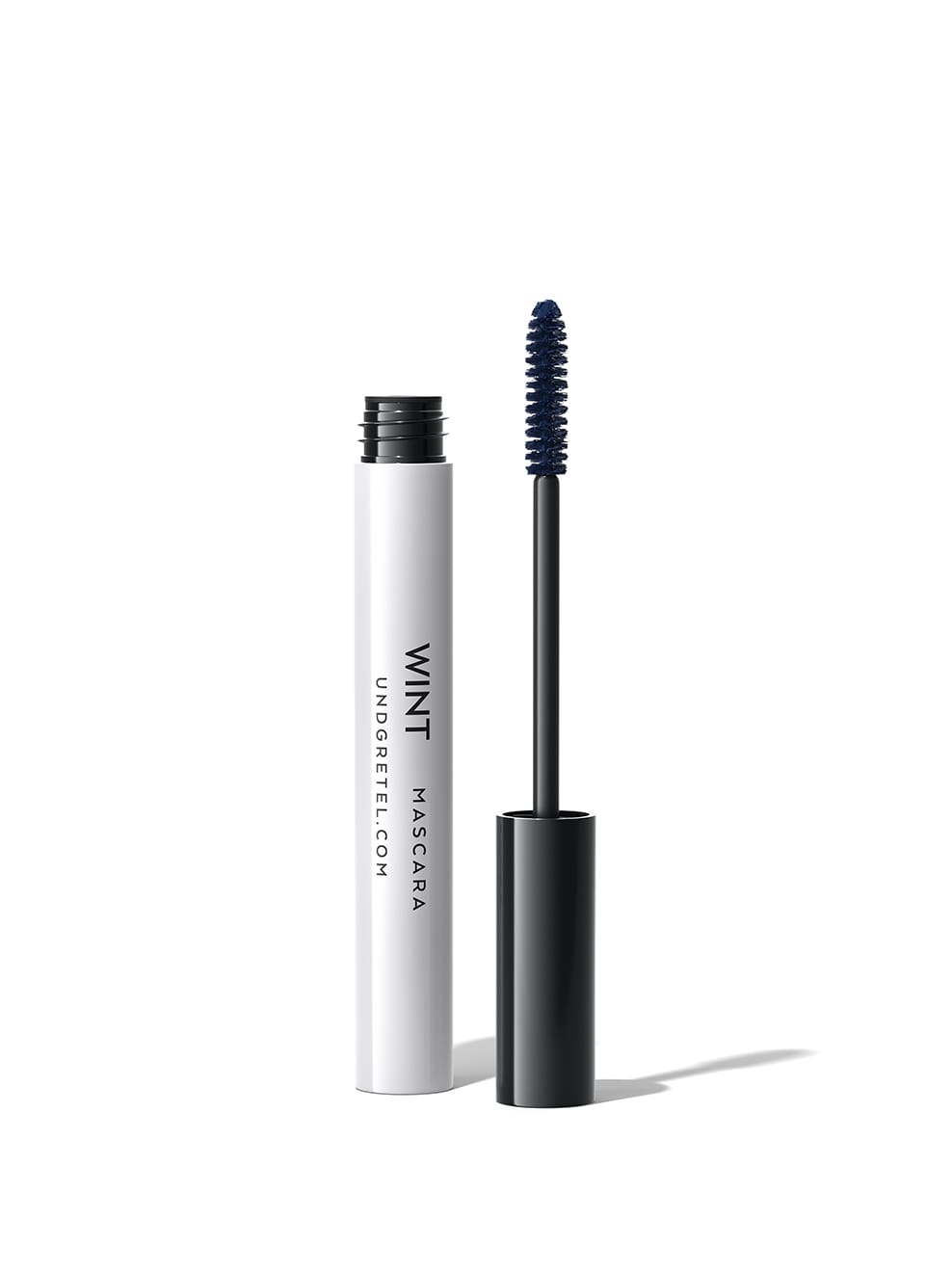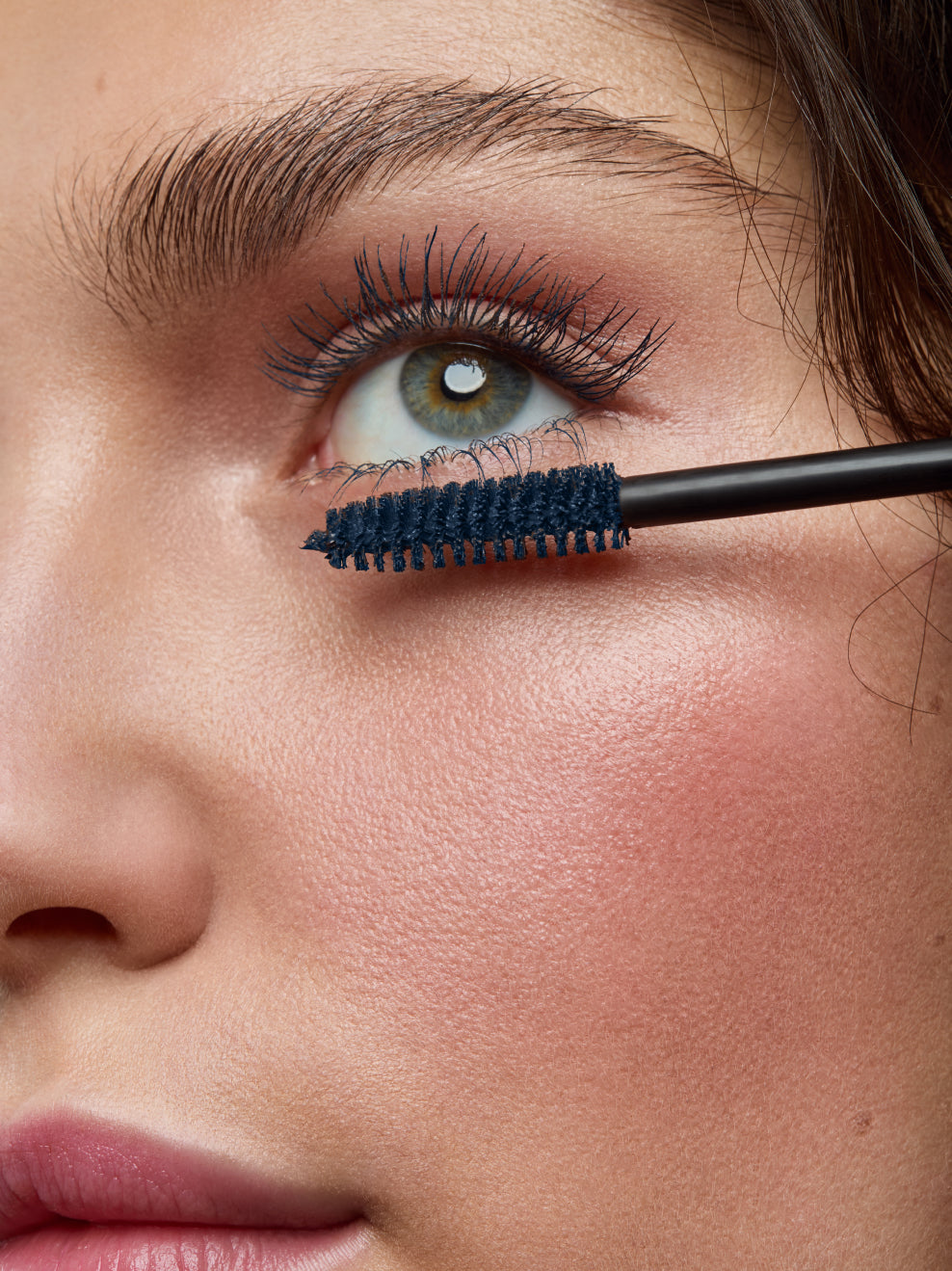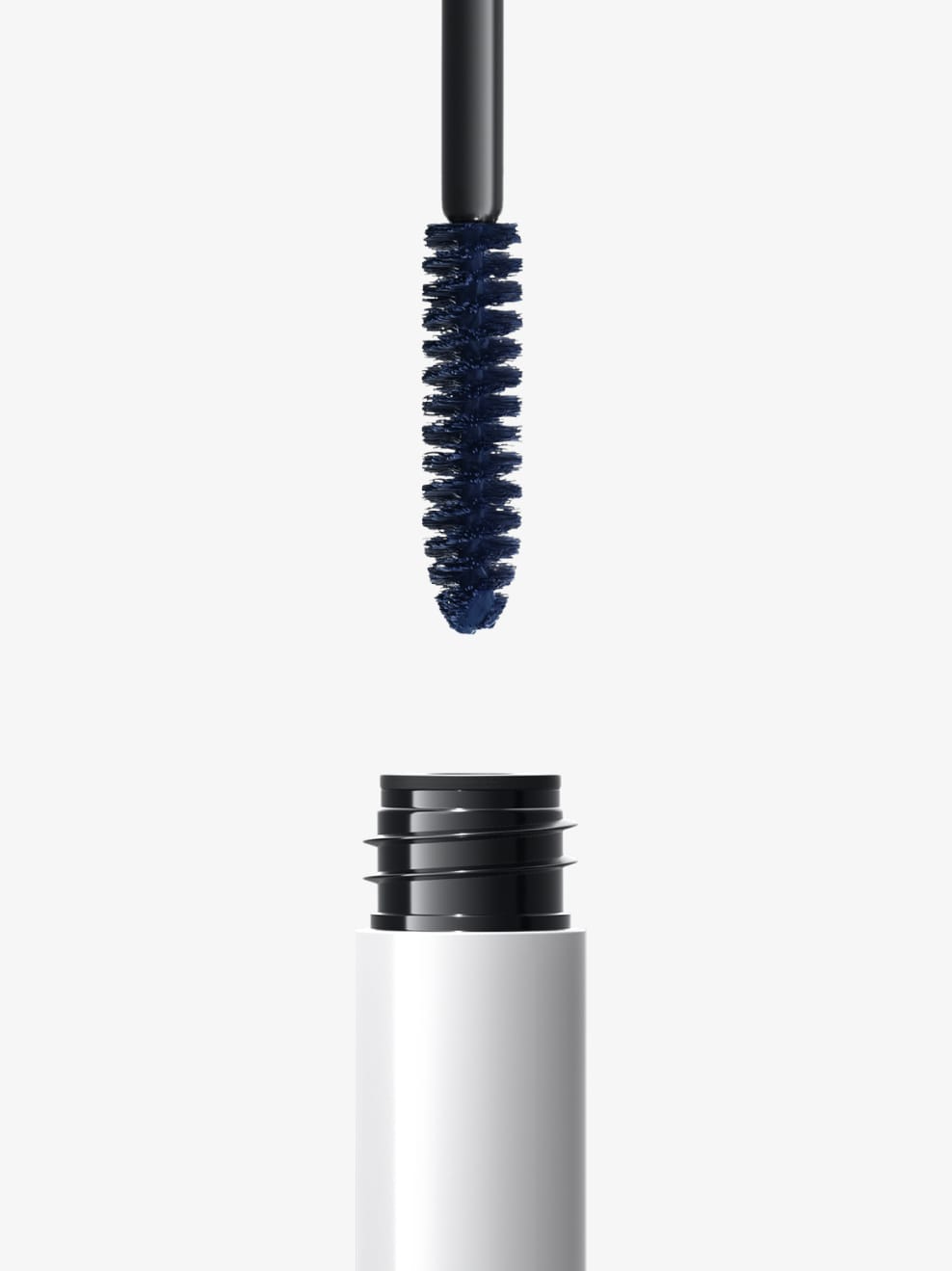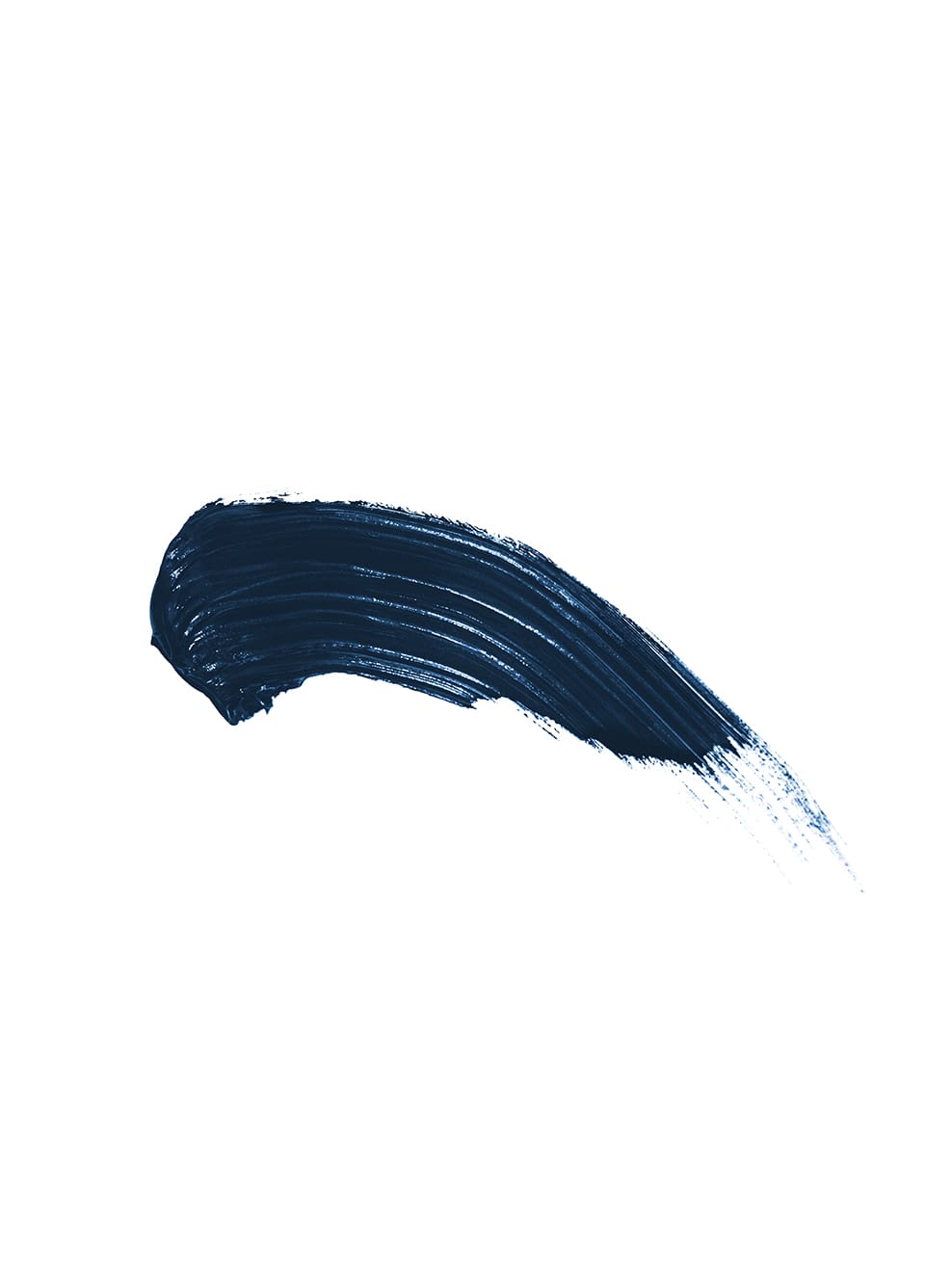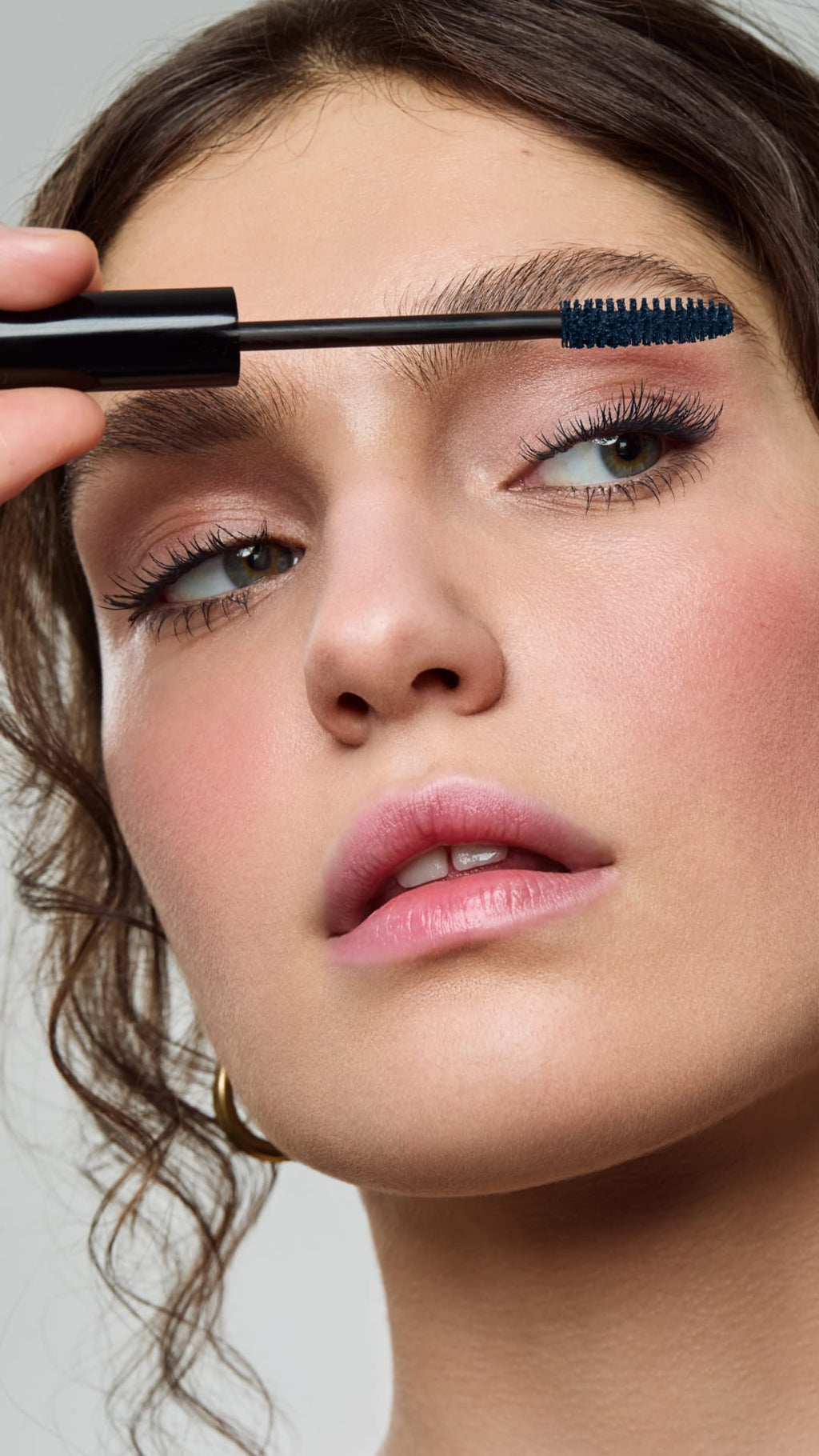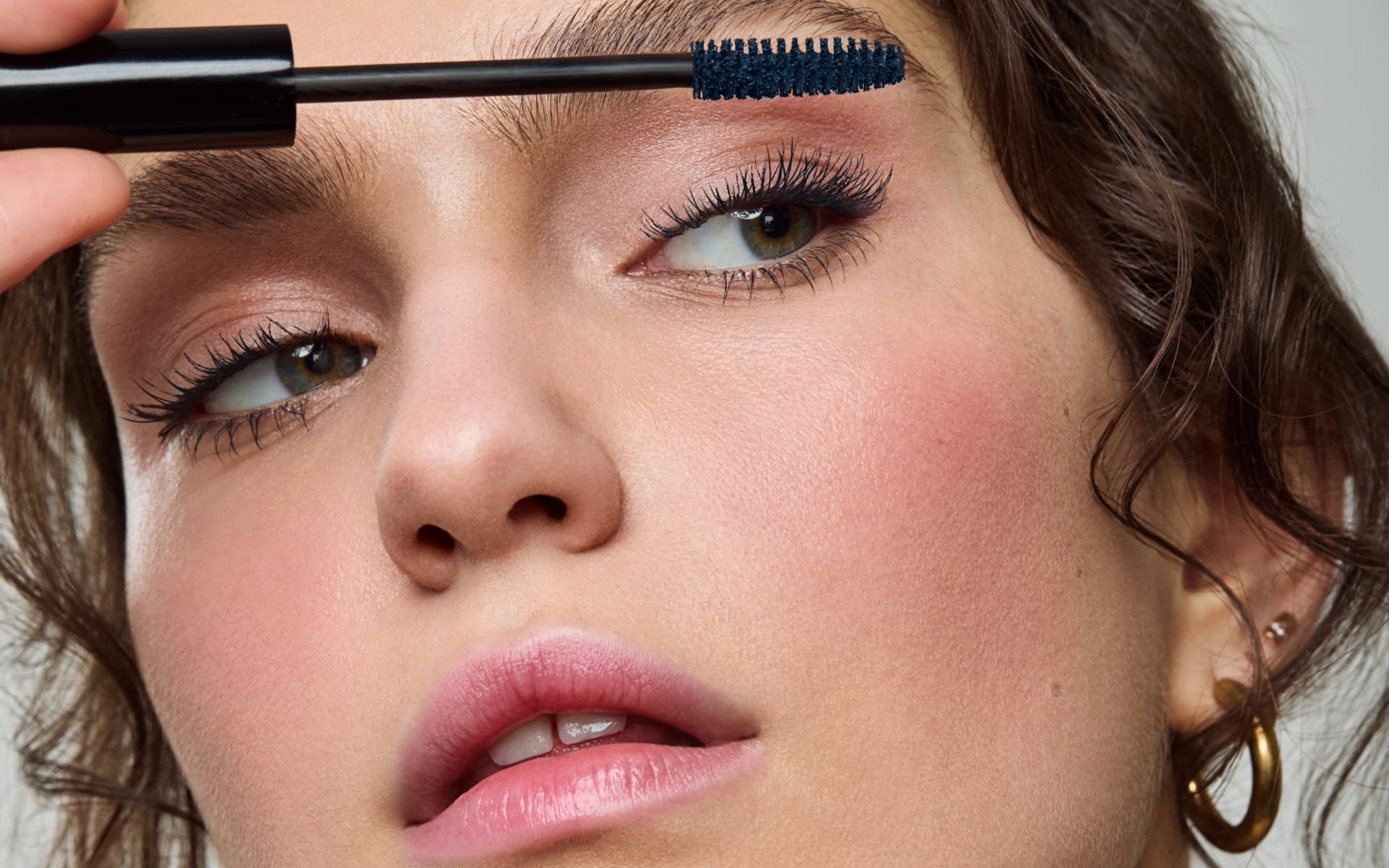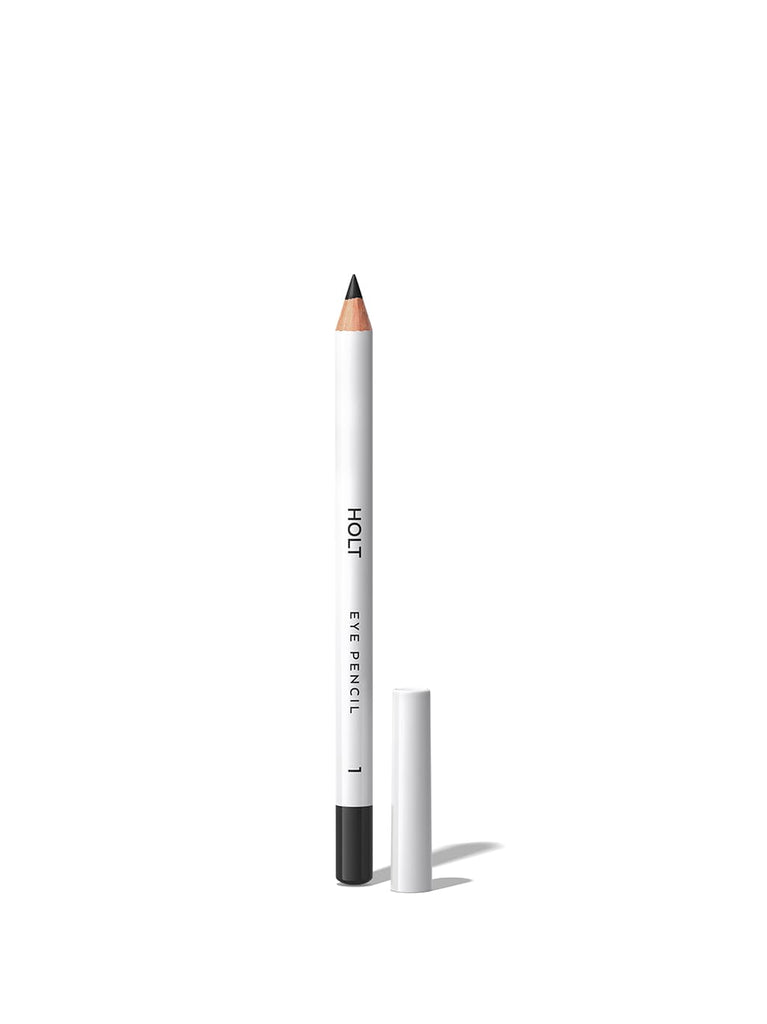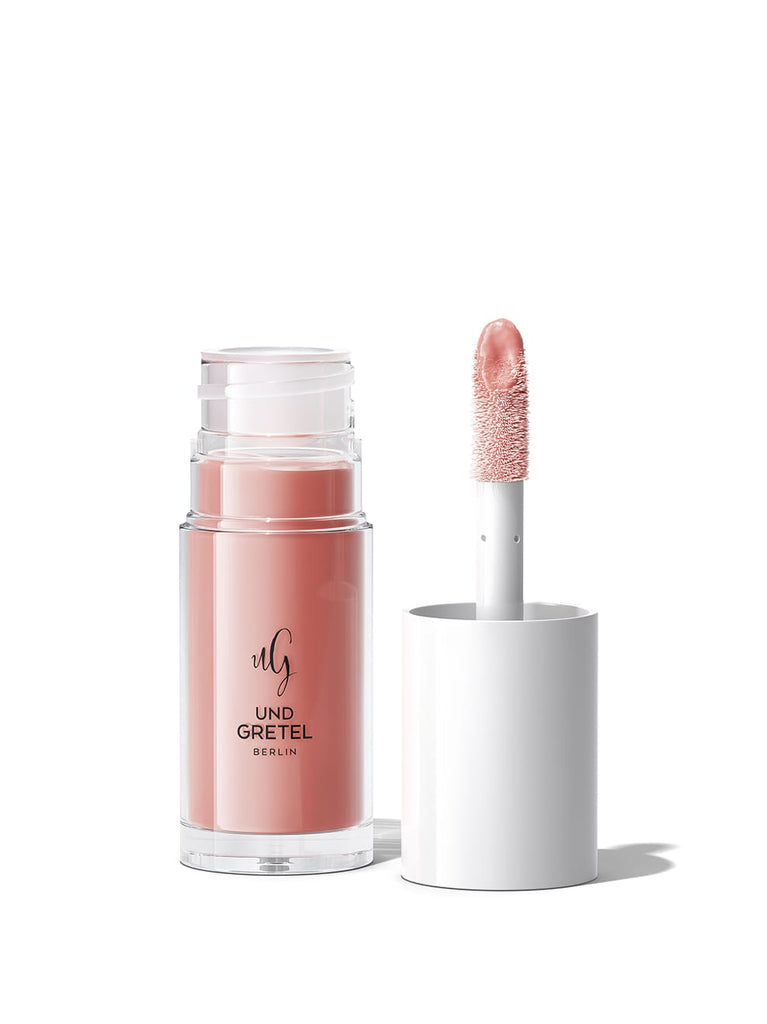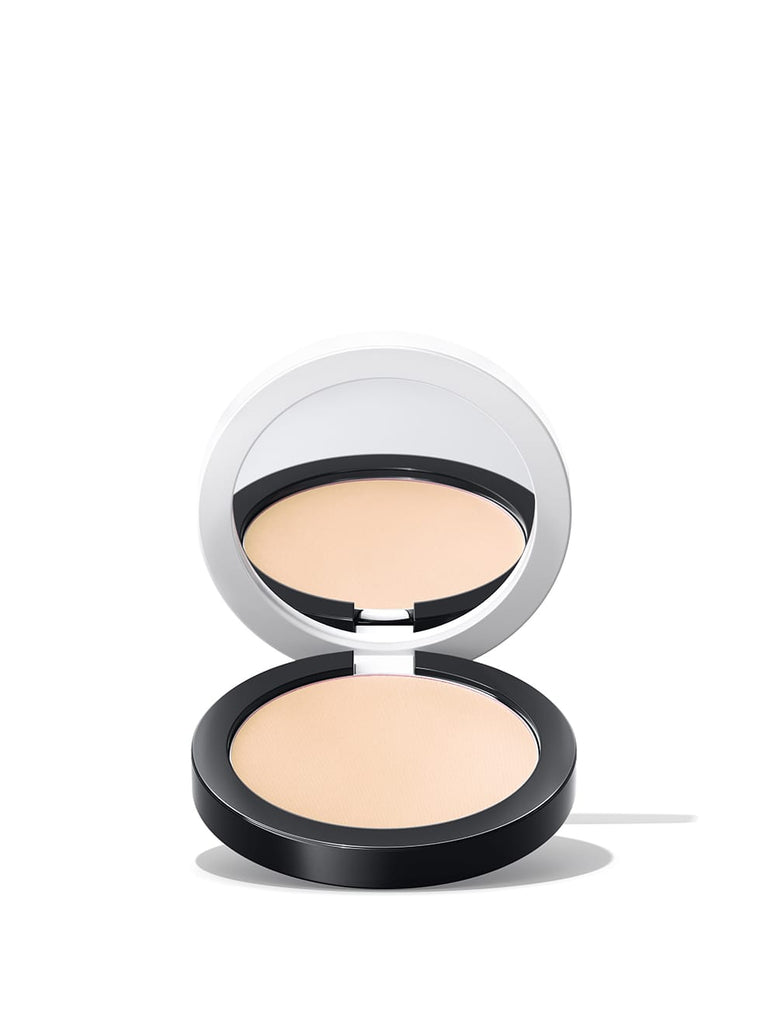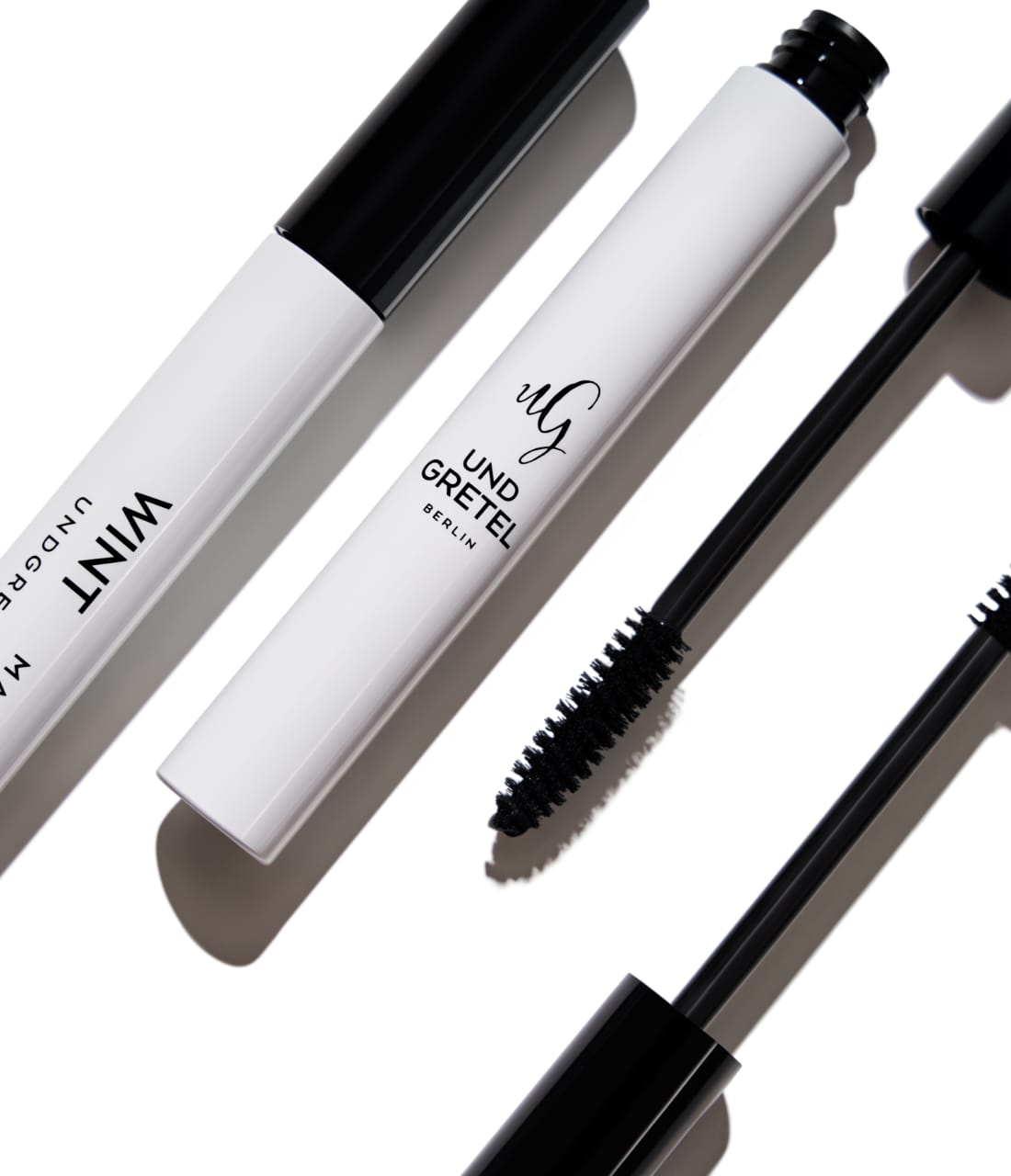
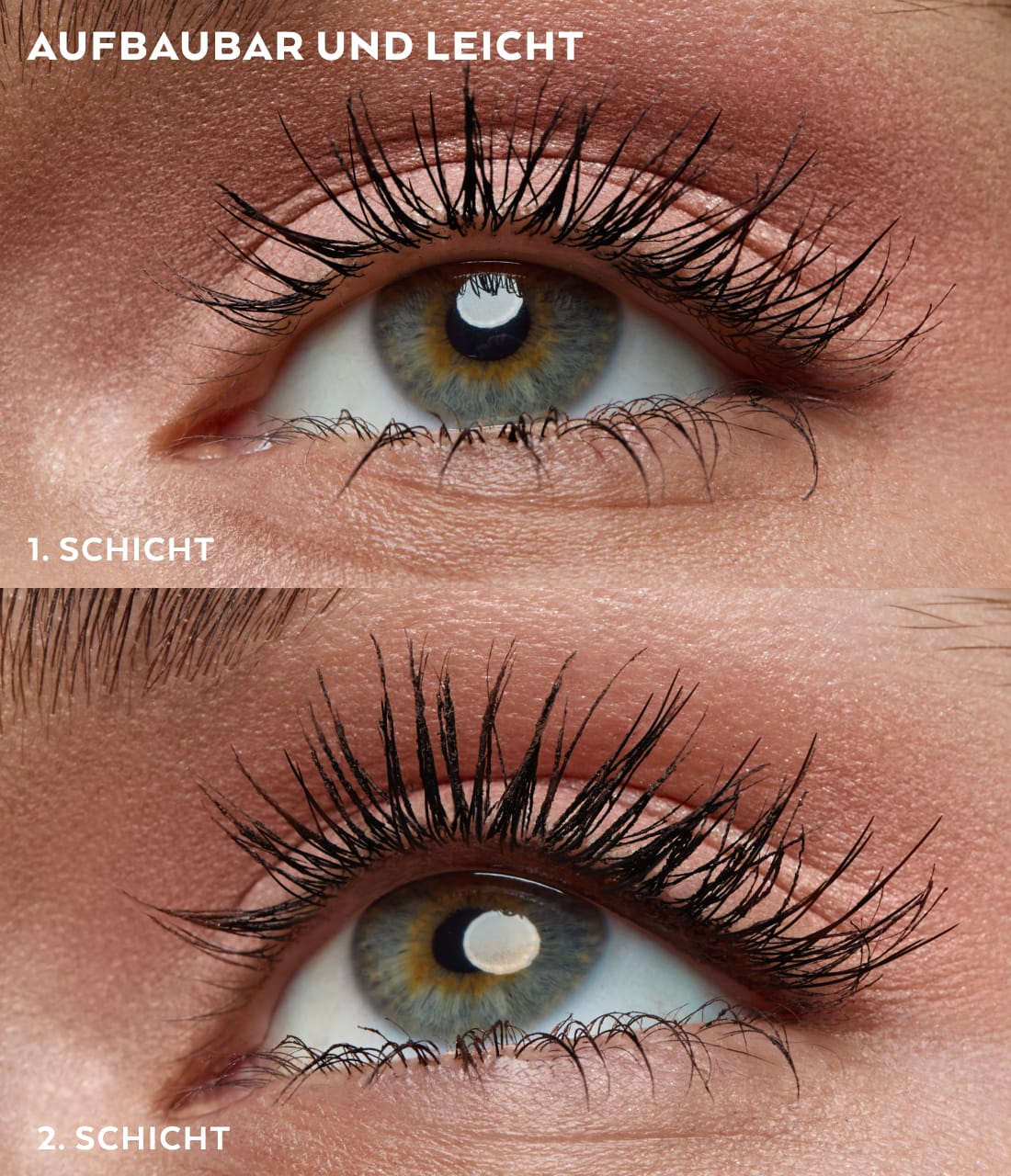
Because WINT mascara is perfectly layerable, you can decide how you wear your lashes every day. Applying WINT in multiple layers and letting it dry briefly in between creates a lot of volume.
By the way: You can currently take part in our mascara survey and contribute directly to our next bestseller!
Skin-loving mascara

Mascara – the make-up tool for stunning eyes
Mascara, also known as eyelash mascara, is an essential makeup product. People all over the world have been using it for thousands of years to give their eyes an intense look. In addition to a fascinating history and some medical aspects, various types of mascara are worth mentioning today—for example, WINT, one of the most popular mascaras in natural cosmetics!—which makes a variety of application tips and advice useful.
The history of mascara goes back a long, long way. Around 3000 BC, Egyptians invented a kind of precursor to mascara, using a blue-black rock paste to enhance their eyes and eyelashes. Antimony, a black rock with bluish reflections, was crushed and ground into powder. This kajal was sometimes replaced with a rouge mix of saffron, antimony, and burnt cork. Another method for making mascara involved mixing beef fat with beeswax, wood ash, and smoky black, which is obtained by burning the flame of an oil lamp, from which the soot settles on a mirror. The product was popularly known as "black for the eyes." Mascara was therefore considered a natural cosmetic product right from its origins.
The French discovered this natural mascara during the conquest of Algeria around 1830. The tribes of the highlands used it as a beauty product, but also to protect against certain conjunctival and eye diseases. At that time, the cosmetic consisted of soot and fat and was applied with a stick. At the same time, women of the Victorian era were also experimenting with ways to thicken and enhance eyelashes. These women were extremely formal and spent hours dressing and beautifying themselves elaborately. They were considered particularly vain beauty divas – but it must be credited to them that they invented a wide variety of cosmetic recipes. They made their own rose ointments, mascaras, and eyeliners in their boudoirs. They mixed mascara, for example, from ash and elderberry over a hot fire. These cosmetics were, of course, never commercialized but remained purely for private use.
In 1872, petroleum jelly, the world's first chemically pure oil with proven wound-healing properties, was patented as a byproduct of petroleum extraction. Thus, the most important ingredient in mascara at the time was born. It took many years before the petroleum product was used to make mascara, but finally, in 1917, Eugene Rimmel developed the first packaged cosmetic mascara, made from petroleum jelly and coal dust. This "cake mascara," which is still used today in a more modern formulation, heralded the history of commercial mascara. New and unique in 1938 was the first waterproof mascara, although it wasn't very good. It was made from a mixture that was half turpentine. This caused a host of skin reactions and allergies, and in addition to the harsh chemical reaction of the waterproof formula, a rather foul odor also prevented it from becoming a success.
The best mascara – it’s a question of type
The composition and application of mascara have evolved to this day, and the market offers a wide variety of excellent mascara options. Mascara occupies a truly unique position as a makeup tool. It's arguably the most popular everyday makeup product and indispensable for special occasions like parties or weddings. Mascara adds volume, length, and definition to natural lashes, thus emphasizing the eye area. It's as simple as it is effective if you want to give your individual expression an instant boost, highlight your eyes, and make them pop. Waterproof mascara even withstands tears, sweat, and rain, and for those who value natural cosmetics, there are natural and certified organic mascaras like WINT.
In addition to its aesthetic appeal, mascara also has medical implications. It visually enlarges the eyes, which, according to popular beauty perceptions, increases attractiveness and thus boosts self-confidence. Mascara also protects the eyes from external influences such as dust and dirt. To ensure eye health, particularly good mascara products are recommended, which should be reapplied regularly.
When choosing mascara, you can choose between clear and colored formulas. The rule of thumb is: when in doubt, go for black! Clear mascaras are ideal for naturally full lashes and a no-makeup look. They separate and define lashes without risking clumps. They're also excellent for eyebrow care: just a few strokes over your brows, and they'll stay set and groomed all day long. The most popular mascara colors? Black suits everyone, while brown is good for less defined lashes with the most natural effect. Colored mascaras like blue, violet, and chestnut brown are sometimes more or less fashionable. They're suitable for clubbing, parties, and festivals. But for everyday wear, most people opt for a black or brown version.
Applying mascara takes some practice, but with a few simple steps, anyone can achieve stunning eyes. First, cleanse your eyelashes and remove any excess oil. Once you've shaped them with an eyelash brush or comb, use an eyelash curler (slightly warmed with a hairdryer) to adjust the curl of your eyelashes. Then gently apply the mascara brush to the base of your lashes. Using a zigzag motion, apply the mascara along your lashes to the tips. Excess product can be easily removed with a cotton swab. For a more intense look and thicker lashes, you can apply multiple coats. WINT follows this rule: simply allow short drying breaks between coats and continue applying. This is how the pigment layering typical of natural cosmetic mascara works perfectly. Even touch-ups in the evening are completely clump-free with WINT: Turn your daytime makeup into nighttime makeup. Important: If mascara starts to clump, it's definitely time to replace it.
10 Fun Mascara Facts
- The word “mascara” comes from Italian and means mask.
- On average, a woman invests about 4,000 euros in mascara during her lifetime.
- In 1917, Maybelline introduced the first tube-shaped mascara.
- The first waterproof mascara was developed in the 1930s.
- In the 1960s, strikingly mascaraed eyelashes became a fashion trend for pop icons like Twiggy.
- Mascara has a shelf life of about three to six months. As soon as it starts to smell like vinegar, it should be thrown out.
- Depending on the type of brush, different mascara effects such as curling, separating the eyelashes or thickening are possible.
- Mascara can be used as an improvised eyebrow gel.
- Never, ever go to bed with mascara on your eyelashes: Because the mascara film hardens the eyelashes, the hairs can break quickly while you sleep.
- Pumping the mascara tube with a brush is a definite no-go. This forces air into the tube, causing the mascara to dry out faster and cause clumping and flaking.
Everyone buys mascara today – young, old, all genders
Who orders mascara most often from UND GRETEL? Clearly: women of all ages. The transformative effect of mascara on the eyes appeals to everyone, regardless of age or gender. Although mascara is primarily associated with women, it's worth mentioning that, depending on the culture, men also wear mascara and have worn it. From pharaohs to pop stars: there is no known history of a female-exclusive right to makeup. It's important to recognize that mascara isn't restricted to one gender and that people of all genders can enjoy and benefit from its use.
In recent years, more and more young men around the world have been discovering makeup as a form of self-expression. This shift in societal norms has led to the emergence of makeup products specifically for men, including mascara tailored to their needs. The use of mascara by men can be interpreted in different ways. Some see it as a purely aesthetic choice: to emphasize eyes or achieve a certain look. For others, it can be an act of self-expression. In the freedom to experiment with appearance and express personality beyond gender stereotypes, the use of mascara also sends a political or social message by challenging traditional gender role expectations.

